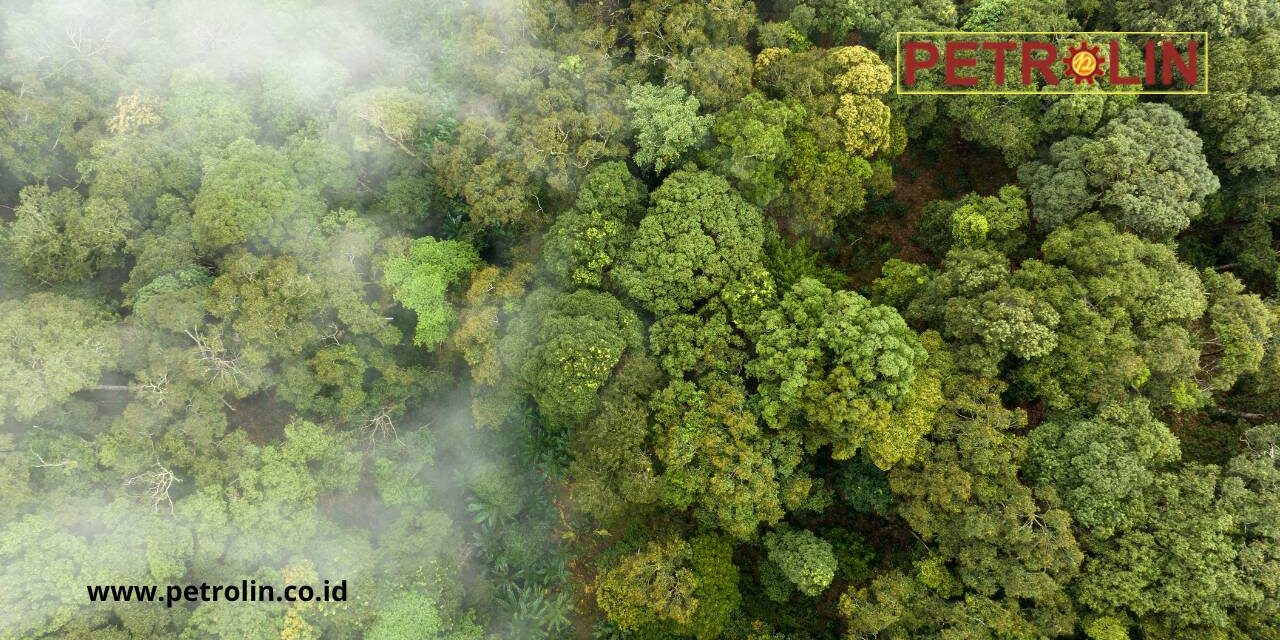n an effort to reduce greenhouse gas emissions and their negative impact on the environment, clean burning technology, carbon capture, and gasification have become increasingly relevant. These technologies help lower the carbon footprint produced by major industries, such as power generation and manufacturing. This article will discuss how these technologies work, their benefits, and how they are implemented to achieve a cleaner and more sustainable environment.
1. What is Clean Burning Technology?
Clean burning technology is a set of technologies designed to reduce harmful emissions produced by combustion processes, especially in the energy industry. This technology focuses on burning fuel more efficiently and generating fewer emissions.
Key Components of Clean Burning Technology
- Efficient Combustion: Performing combustion in a more efficient manner to reduce fuel consumption and carbon emissions.
- Emission Reduction: Using filters and scrubbers to remove harmful particles and toxic gases before they are released into the atmosphere.
- Renewable Energy: Combining with renewable energy sources to maximize efficiency and reduce dependency on fossil fuels.
2. Understanding Carbon Capture Technology
Carbon capture is the process of capturing and storing carbon dioxide (CO₂) produced from the combustion of fossil fuels. This technology prevents CO₂ from reaching the atmosphere and contributing to global warming.
Methods of Carbon Capture:
- Post-Combustion Capture: Capturing CO₂ after combustion has occurred.
- Pre-Combustion Capture: Capturing CO₂ before the fuel is burned.
- Oxygen Capture: Using pure oxygen in the combustion process to produce lower emissions.
Benefits of Carbon Capture:
- Reducing the carbon footprint of large industries.
- Helping industries comply with environmental regulations.
- Potential use in Enhanced Oil Recovery (EOR), which improves oil extraction from old fields.
3. Gasification: A Solution for Energy Conversion
Gasification is a process that converts solid fuel, such as coal or biomass, into synthetic gas or syngas that can be used as a clean energy source.
How Gasification Works:
- Fuel Conversion: Solid fuel is converted into gas through heating in a limited oxygen environment.
- Use of Syngas: The resulting syngas can be used for electricity generation, chemical feedstocks, or even as vehicle fuel.
Advantages and Disadvantages of Gasification:
- Advantages: Allows cleaner and more efficient use of coal, reducing CO₂ emissions.
- Disadvantages: Requires high initial investment and appropriate infrastructure.
4. Implementing Clean Burning Technology in Industry
Various industries have adopted clean burning technology to improve efficiency and reduce environmental impact.
Industries Using This Technology:
- Power Plants: Many fossil-fuel power plants are adopting clean burning technology to reduce emissions.
- Chemical Industry: Minimizing harmful emissions during the production process.
- Manufacturing Industry: Using this technology to reduce emissions during manufacturing processes involving fuel combustion.
5. Latest Technology and Innovations in Clean Burning
As technology advances, clean burning technology has also seen various innovations, such as the use of artificial intelligence (AI) and the Internet of Things (IoT) for process optimization.
Latest Technologies:
- Artificial Intelligence: Improving combustion efficiency through better prediction.
- IoT and Sensors: Collecting real-time data to monitor combustion processes and improve efficiency.
- Data Analytics: Analyzing data to identify areas for improvement in the combustion process.
6. Economic and Environmental Impact
Clean burning technology benefits not only the environment but can also reduce operational costs.
Cost Savings:
- Reducing fuel consumption through efficient combustion.
- Reducing fines and compliance costs.
Social and Environmental Impact:
- Reducing emissions that harm public health.
- Preserving the environment by reducing the carbon footprint.
7. Challenges and Opportunities in Implementing Clean Burning Technology
While clean burning technology offers various benefits, its implementation also faces several challenges.
Challenges:
- High Initial Investment: Many companies are reluctant to adopt this technology due to high upfront costs.
- Policy Support: Not all countries have policies that support clean burning technology.
- Technology Limitations: Not all clean burning technologies can be applied to all industries.
Opportunities:
- Environmental Regulations: Stricter environmental regulations drive demand for this technology.
- New Innovations: Research continues to develop more efficient and affordable technology.
- Government Support: Some countries offer incentives for the adoption of clean burning technology.
8. Conclusion
Clean burning technology, carbon capture, and gasification offer effective solutions to reduce emissions and environmental impact. With proper adoption and policy support, these technologies could be the key to a greener and more sustainable future.
FAQ
- What is Clean Burning Technology? Clean burning technology is a technology designed to reduce harmful emissions from fuel combustion processes.
- How Does Carbon Capture Technology Work? Carbon capture technology captures and stores carbon dioxide (CO₂) before or after combustion to prevent it from reaching the atmosphere.
- What are the Benefits of Gasification Compared to Other Methods? Gasification converts solid fuel into a clean gas, reducing emissions and enabling more efficient energy utilization.
- What is the Cost of Implementing Clean Burning Technology? The cost of implementation can vary depending on the scale and type of technology used. Generally, the initial cost is high, but it can save operational costs in the long run.
- How Can This Technology Reduce Carbon Emissions? Clean burning technology reduces carbon emissions through efficient combustion, emission filters, and carbon capture.
- Is Clean Burning Technology Safe? Yes, this technology is safe if implemented with proper safety standards and regularly monitored.
- In Which Countries is This Technology Used? This technology is widely used in developed countries such as the United States, Germany, and Japan, as well as developing countries focusing on environmental issues.
- Does This Technology Have Any Negative Impacts? The negative impacts are minimal, especially compared to traditional combustion methods. However, the cost and complexity of implementation can be challenging.
By adopting clean burning technology, carbon capture, and gasification, industries can significantly contribute to protecting the environment while maintaining operational efficiency.
Read more also: Differences Between Industrial Fuel (HSD) and Other Types



